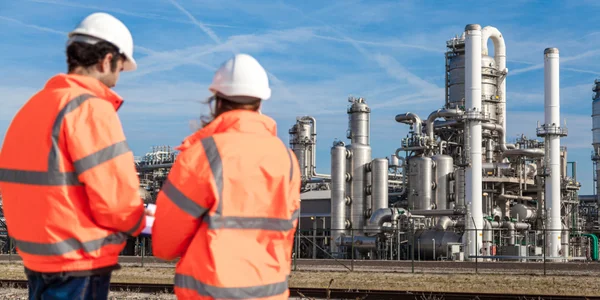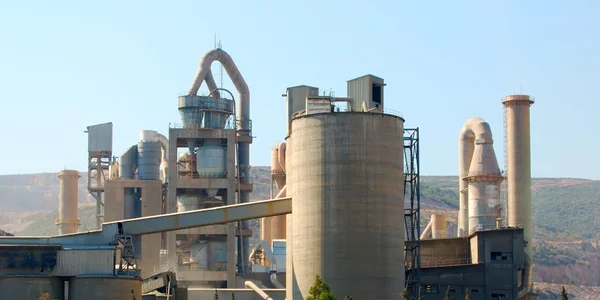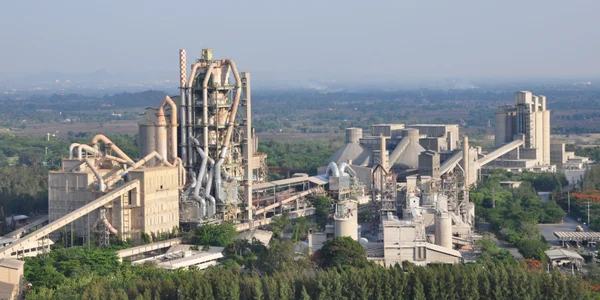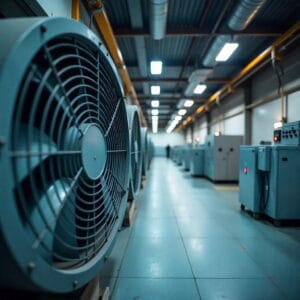Офиси
СЕДАЛИЩЕ

Германия
- Интензивен филтър Himenviro Technologies GmbH
Neustraße 45 - 49, 42553, Velbert, Deutschland/Германия - +49 20534200990
РЕГИОНАЛЕН ОФИС

Великобритания
- Интензивен филтър Himenviro UK Limited
47, Bath Street WS13BX, Wallsall West Midlands, Великобритания - +44 1922 628893
РЕГИОНАЛЕН ОФИС

Обединени арабски емирства
- Интензивен филтър Himenviro Technologies FZE – LLC
Бизнес център, Sharjah Publishing City Free Zone, Sharjah, ОАЕ - +971-556074697
РЕГИОНАЛЕН ОФИС

Индия
- Интензивен филтър Himenviro Private Limited
D-247/11, сектор-63, Noida - 201301, Утар Прадеш, Индия - +91-120-4642-500
РЕГИОНАЛЕН ОФИС

Индия
- Интензивен филтър Himenviro Private Limited
D-247/11, сектор-63, Noida - 201301, Утар Прадеш, Индия - +91-120-4642-500
РЕГИОНАЛЕН ОФИС

Индия
- Интензивен филтър Himenviro Private Limited
D-247/11, сектор-63, Noida - 201301, Утар Прадеш, Индия - +91-120-4642-500
Решения за филтриране на въздух и прах от стомана и метал
Стоманодобивната и металургичната промишленост генерират интензивни нива на замърсители във въздуха, включително фин прах, метални частици и изпарения, които, ако не се контролират, могат да доведат до замърсяване на околната среда, рискове за здравето на работниците и повреда на оборудването. Нашите системи за филтриране на въздух и прах са пригодени да се справят с тези натоварени среди, като улавят емисии от процесите на топене, леене и довършителни работи. Проектирани да издържат на високи температури и натоварвания от частици, нашите решения подобряват качеството на въздуха, подобряват съответствието с регулаторните изисквания и защитават благосъстоянието на работната сила, осигурявайки по-чиста и безопасна производствена среда.
Процес на филтриране на прах в стоманодобивната и металургичната промишленост
Електродъговата пещ се използва за производство на конструкционни стомани, висококачествени стомани и неръждаеми стомани. Освен това се използва за производството на карбидни и синтетични кристали.
Инсталациите за отстраняване на прах за електродъгови пещи напълно извличат и почистват първичните отпадъчни газове от дъговата пещ, както и всички вторични отпадъчни газове, произведени по време на топене, изтичане или по време на зареждане и отстраняване на шлака. Отпадъчните газове, които се образуват в котелната пещ, по време на обработка на материали и в други свързани инсталации, се извличат и обработват.

Филтър за аспиратор
Филтър за EAF
- 1. Качулка на покрива
- 2. Филтър за аспиратор
- 3. Вентилатор
- 4. Комин
- 5. Електродъгова пещ
- 6. Тръби с водно охлаждане
- 7. Топлообменник
- 8. Филтър за EAF
- 9. Вентилатор
- 10. Конвертор
Необходими спецификации
Филтър Заглавие PJM
Типични проектни данни | Покривна качулка |
|---|---|
Обем на газа | 1,000,000 |
Температура на газа | 80 |
Вид прах | Железни оксиди, остатъци от горенето |
Съдържание на остатъчен прах | < 10 |
Съдържание на прах от необработен газ | < 5 |
Почистване | онлайн / офлайн |
Филтърна среда | Полиестер |
Взривозащитен дизайн | не е необходимо |
Сорбент | не е необходимо |
Филтър Заглавие PJM
Типични проектни данни | Електродъгова пещ |
|---|---|
Обем на газа | 120,000 |
Температура на газа | 120 |
Вид прах | Железни оксиди, остатъци от горенето |
Съдържание на остатъчен прах | < 10 |
Съдържание на прах от необработен газ | < 5 – 10 |
Почистване | онлайн / офлайн |
Филтърна среда | Полиестер |
Взривозащитен дизайн | не е необходимо |
Сорбент | не е необходимо |
Приложения за контрол на стоманен и метален прах
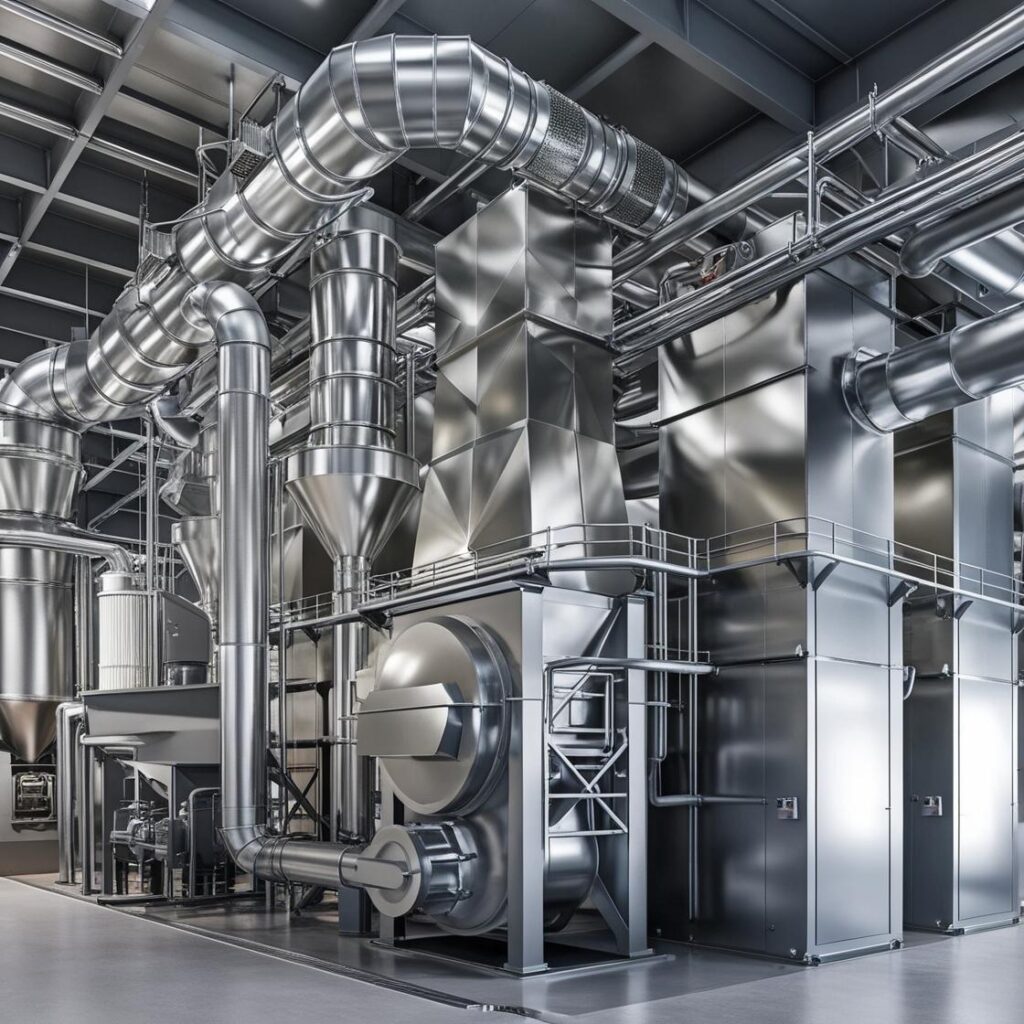
Контролира праха и изпаренията, отделяни по време на топенето и претопяването, като улавя опасните частици, генерирани във високотемпературни пещи.
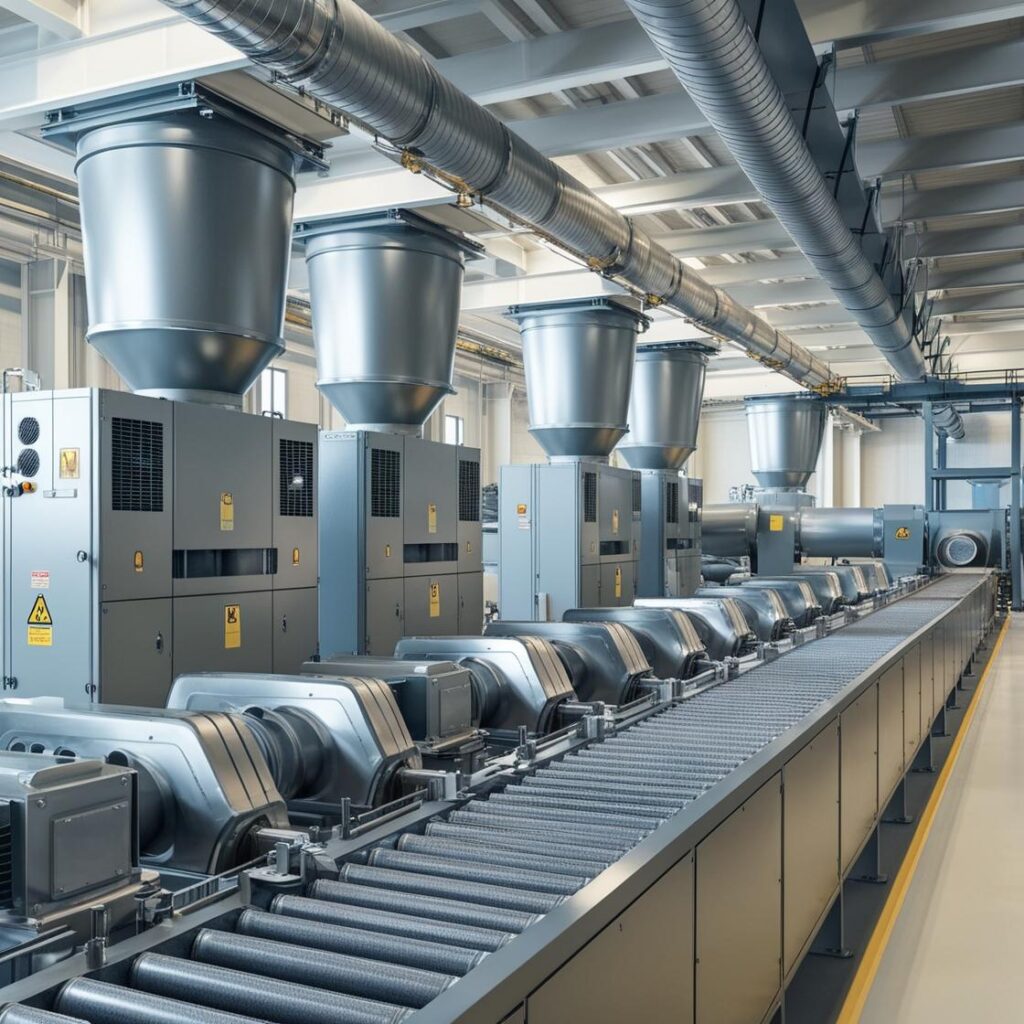
Намалява емисиите от леярските операции, улавяйки въздушни частици и метални изпарения, които могат да повлияят на качеството на въздуха.

Премахва финия прах и металните стружки, образувани по време на шлайфане и полиране, предотвратявайки замърсяванията да повлияят на качеството на продукта и безопасността на работниците.
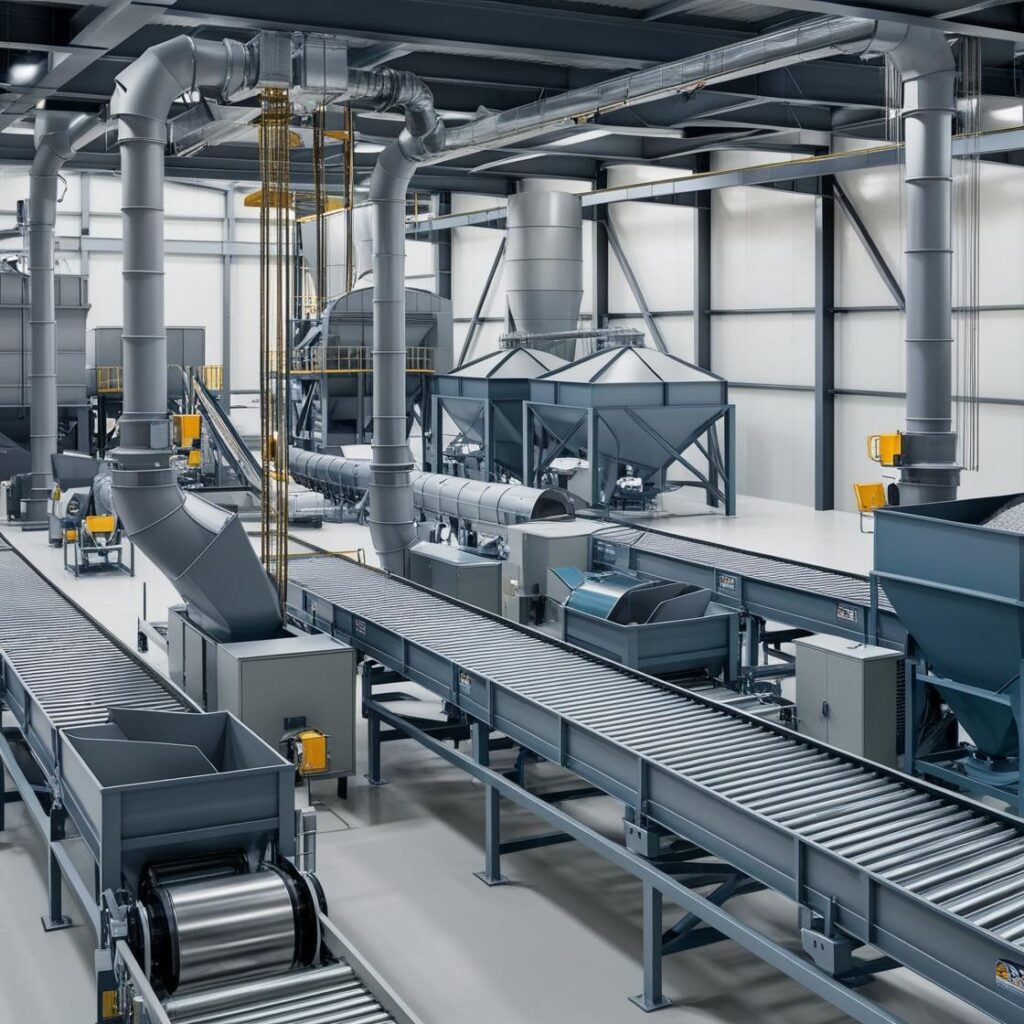
Контролира праха, генериран по време на обработката, транспортирането и съхранението на материали, като минимизира отделянето на частици в работната среда.
Регулаторен пейзаж за контрол на праха |
|---|
Съответствие със стандартите за качество на въздуха |
Съответствие с изискванията за здраве и безопасност на работниците |
Предотвратяване на опасност от пожар и експлозия |
Съответствие с изискванията за опазване на околната среда |
Мониторинг на емисиите в реално време |
Топлоустойчивост |
Намалена поддръжка и престой |
Осигуряване на качеството на продукта |
По-ниски оперативни разходи |
Предизвикателства при контрола на праха |
|---|
Високи нива на прах и изпарения |
Рискове за здравето на работниците от метални частици |
Строги екологични разпоредби |
Опасности от пожар и експлозия |
Замърсяване на крайните продукти |
Износване на оборудването от абразивен прах |
Изисквания за температурна толерантност |
Управление на големи обеми прахоуловители |
Минимизиране на времето за престой, свързано с поддръжката |
Ключови съображения за ефективен контрол на праха |
|---|
Целенасочено улавяне в точки на емисии |
Устойчивост при високи температури |
Оптимизиран контрол на въздушния поток и налягането |
Термоустойчиви филтриращи материали |
Протоколи за редовна поддръжка |
Съответствие с индустриалните стандарти |
Гъвкави, персонализирани решения |
Смекчаване на риска от пожари |
Специализирани системи за различни етапи на производство |
Свържете се с нас за експертна консултация
Разгледайте другите ни услуги!
Често задавани въпроси
В стоманообработването и металообработването, често срещаните филтриращи системи включват ръкавни филтри, електростатични филтри (ESP), мокри скрубери и циклонни сепаратори. Ръкавните филтри използват платнени торби за улавяне на прахови частици, докато ESP използват електрически заряди за отстраняване на частици от отработените газове. Мокрите скрубери премахват замърсителите чрез въвеждане на скруберна течност, а циклонните сепаратори използват центробежна сила за отделяне на прах от газовите потоци. Изборът на система зависи от фактори като размер на частиците, температура на газа и специфични изисквания на процеса.
Системите за филтриране подобряват качеството на въздуха, като ефективно улавят и отстраняват твърди частици и замърсители, генерирани по време на обработката на метал. Чрез намаляване на емисиите, тези системи помагат на съоръженията да спазват екологичните разпоредби и стандарти, като по този начин минимизират въздействието си върху околната среда и насърчават по-безопасна работна среда.
Електростатичните филтри (ЕСФ) предлагат висока ефективност при отстраняване на фини частици, постигайки ефективност до 99%, което е особено полезно в производството на стомана, където емисиите на димни газове често съдържат фини прахови частици. Те са способни да обработват големи обеми газ и работят ефективно при високи температури. Освен това, ЕСФ имат относително ниски падове на налягането, което води до по-ниска консумация на енергия по време на работа.

